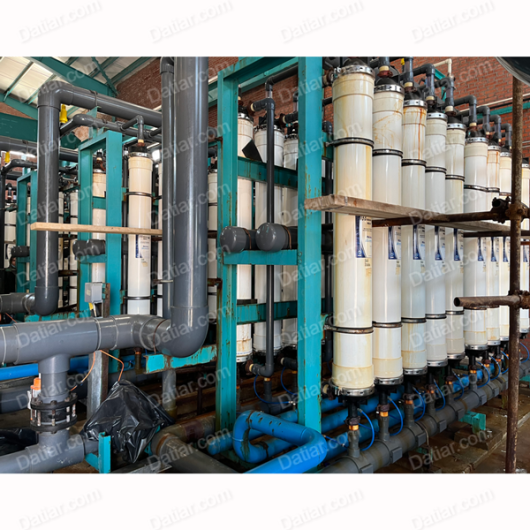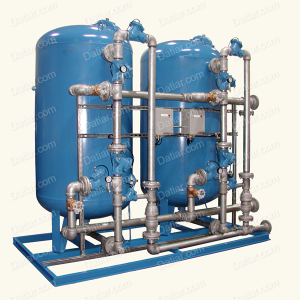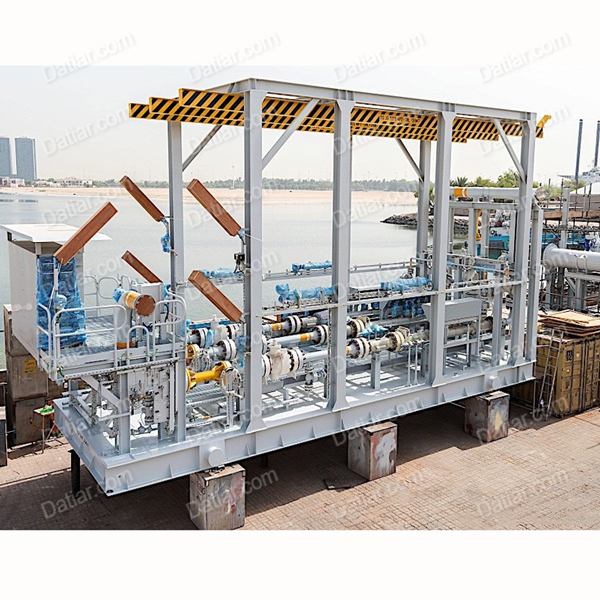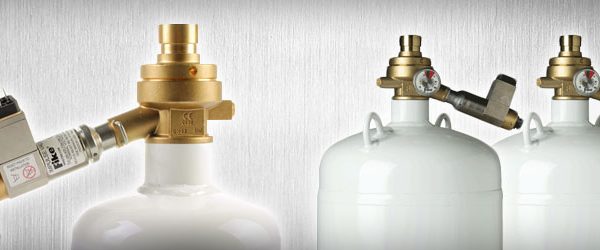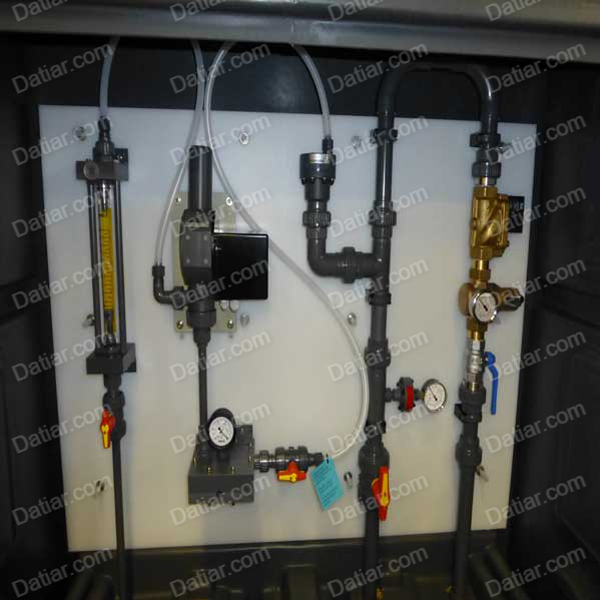Filtration
Filtration plays a critical role in the water treatment process, acting as a key step in removing impurities and contaminants to produce clean and safe drinking water. One of the primary methods employed in water treatment is media filtration, which utilizes porous materials such as sand, gravel, or anthracite coal to capture suspended solids and particles from the water. As the water flows through the filter media, larger particles are physically trapped, while smaller particles adhere to the surface or become trapped within the pores, resulting in clarified water suitable for consumption. Media filtration systems are commonly used in municipal water treatment plants and industrial facilities due to their effectiveness in removing sediment, turbidity, and other particulate matter, contributing to the overall improvement of water quality.
In addition to media filter, activated carbon filtration is another crucial technique utilized in water treatment processes. Activated carbon, known for its highly porous structure, effectively adsorbs organic compounds, chemicals, and odors from water as it passes through the carbon filter. Through a process that increases its surface area and creates numerous microscopic pores, activated carbon attracts contaminants, including chlorine, volatile organic compounds (VOCs), and pesticides, thereby enhancing the taste, odor, and overall quality of treated water. This method of filtration is widely employed in both point-of-use and point-of-entry water treatment systems, providing an efficient means of removing organic contaminants and improving the safety and palatability of drinking water for households, commercial establishments, and industrial applications.



